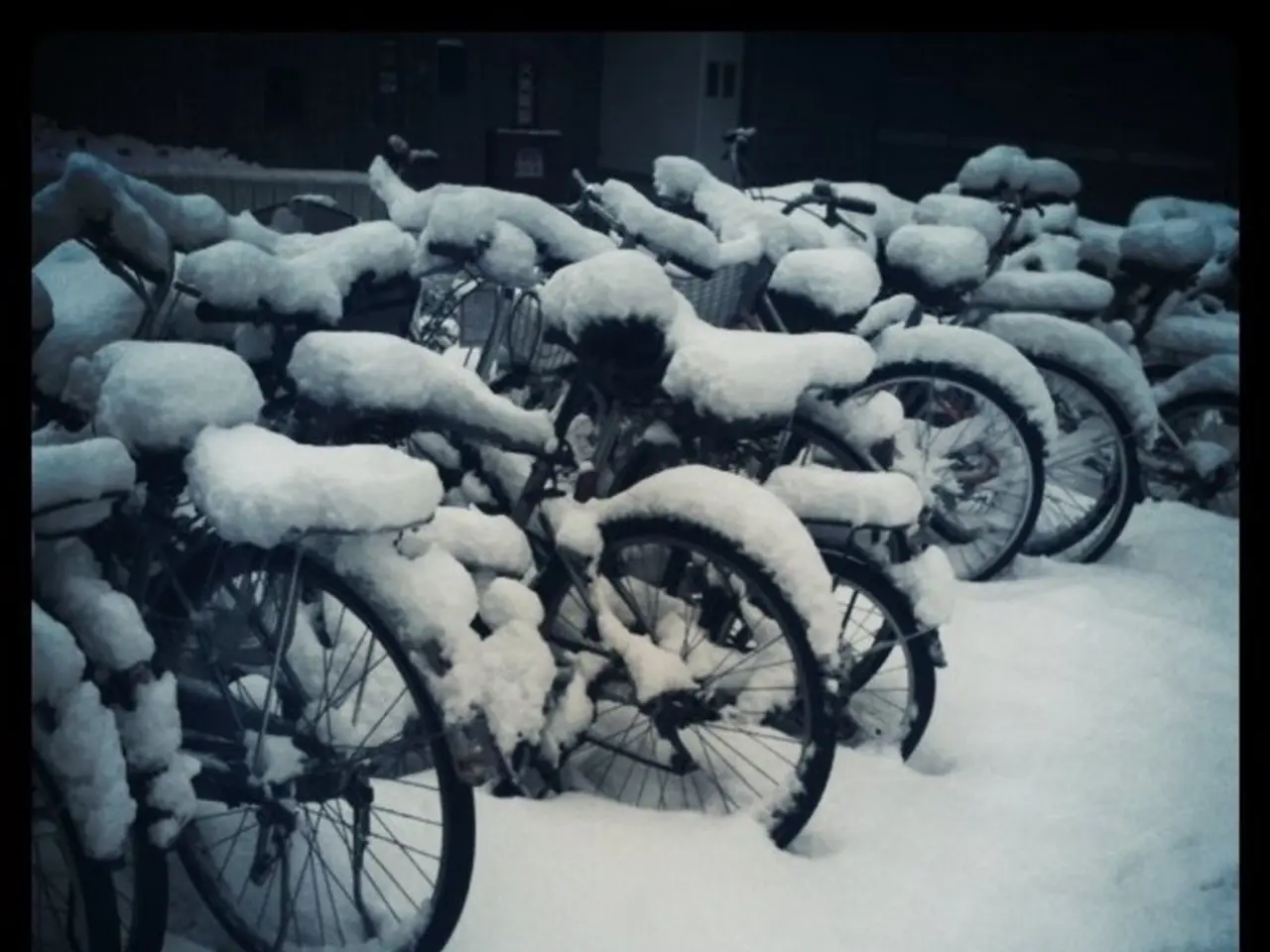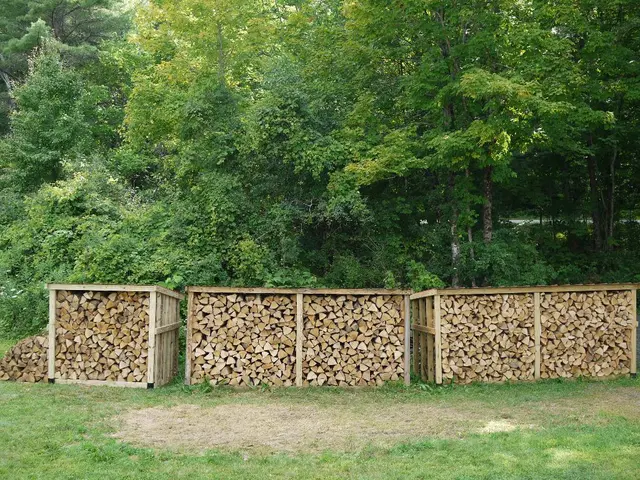Protecting Your Outdoor Faucet in Winter: A Cost-Effective Move that Experts Suggest Could Prevent Expensive Repairs
Preventing Pipe Bursts in Winter: The Importance of Covering and Insulating Outdoor Faucets
As temperatures drop, outdoor faucets and their connecting pipes become vulnerable to freezing. This can lead to costly damage as water inside the pipes expands and causes them to burst. By following some simple steps, you can protect your outdoor plumbing from freezing temperatures.
Why Cover and Insulate?
Covering faucets shields them from cold air and debris, while insulation maintains heat, both reducing the freeze risk. According to various sources[1][2], covering outdoor faucets significantly lowers the risk of bursting pipes in winter.
Best Materials to Use
Faucet covers resemble small, insulated buckets or foam shells designed to fit snugly over the spigot. They often have rubber loops or drawstrings that tighten the cover and reduce air gaps, minimizing exposure to freezing air[2]. Additionally, foam pipe-wrap insulation is recommended for the pipe behind the faucet to create an extra thermal barrier[2][4].
Installation Tips
- Disconnect and drain garden hoses before covering the faucet to prevent trapped water from freezing inside.
- Place the faucet cover tightly over the spigot, securing with any included straps or drawstrings, pressing it against the wall to eliminate gaps.
- Insulate the pipe leading to the faucet with foam sleeves or pipe wrap, fitting it snugly around exposed sections[2][4].
Additional Measures
Leaving faucets dripping at a slow drip during extreme cold can relieve pressure inside pipes, reducing burst risk by keeping water moving[1][3]. However, this uses more water and may cause ice buildup around the faucet itself. It’s best used as a supplement to covering and insulating.
Summary of Combined Best Practices
| Step | Purpose | Advantage | |-------------------------------|------------------------------------------------|-----------------------------| | Disconnect and drain hoses | Prevent frozen water in hoses | Avoids spigot damage | | Install insulated faucet cover | Blocks cold air and debris | Simple, effective barrier | | Wrap exposed pipe sections | Adds thermal insulation to pipes | Reduces freeze risk | | Consider dripping faucet | Maintains water movement in extreme cold | Pressure relief, freeze prevention |
In conclusion, covering and insulating outdoor faucets is a proven, practical method to prevent pipe bursts in winter. Proper installation—tight fitting covers, pipe wrap, and hose drainage—maximizes effectiveness, supplemented if needed by slow dripping during severe freezes[1][2].
Remember, leaving water in the pipeline during freezing temperatures can cause the pipe to split or burst. It's essential to properly close an outdoor faucet for the winter by shutting the water supply shutoff valve inside the home and opening the outdoor faucet to drain the water from the line.
When temperatures begin to drop below 28oF for three hours or more at a time, it's recommended to winterize and cover a faucet. Consider the environmental impact and potential cost increase on your water bill when using this method.
In very cold temperatures for an extended amount of time, adding extra insulation such as wool, bubble wrap, or straw to the cover may be necessary. If a faucet can be turned off, a cover might not be necessary.
For those looking for an alternative to traditional covers, the Freeze Miser is a device that can prevent outdoor faucets from freezing by releasing only minimal amounts of water.
Lastly, always ensure that your faucet cover is sealed correctly to trap heat around the tap, preventing frost formation and cold travel down the pipeline. Covering an outside faucet in winter can help prevent damage to pipework and infrastructure.
- Engaging in sustainable living goes beyond indoor spaces; ensuring proper protection for outdoor faucets during winter is crucial for home-and-garden maintenance and home improvement.
- The lifestyle of a homeowner involves not only the interior design of their home but also the care taken to secure their home-and-garden, including insulating outdoor faucets and gardening during the colder months for continued home improvement.
- Adopting sustainable-living practices extends beyond using eco-friendly products; it also involves weatherizing outdoor faucets with insulation and proper covers for a consistent garden and home design throughout the seasons.




